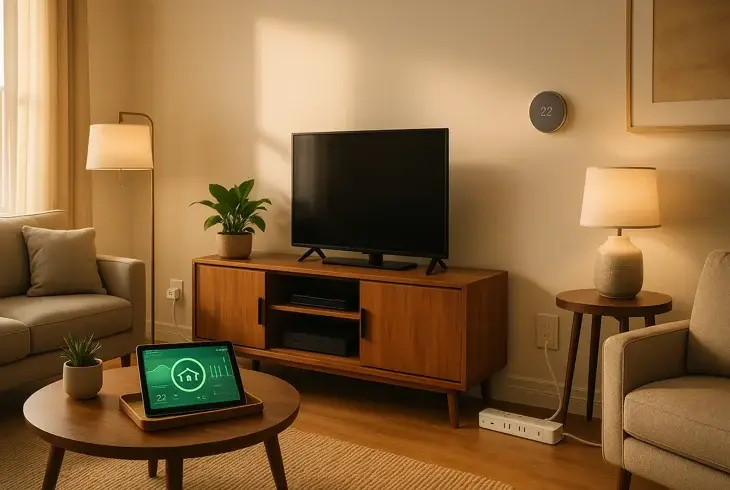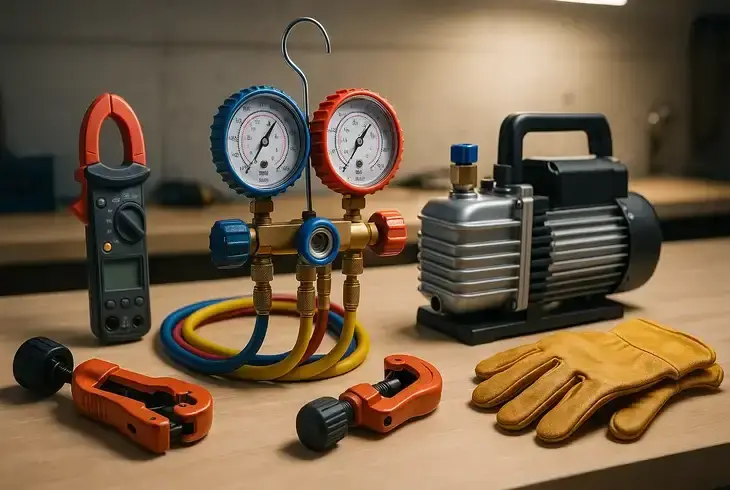LED vs Incandescent Light Bulbs What's the Difference
Last Updated: Apr 20, 2025

LED light bulbs use 80% less energy and last 25 times longer than incandescent bulbs. While incandescent bulbs create light by heating a metal filament until it glows, LEDs produce light through semiconductors without wasting energy as heat. This fundamental difference makes LED bulbs the superior choice for energy efficiency, cost savings, and environmental impact.
Key Differences Between LED and Incandescent Bulbs
Energy Efficiency
A 10 watt LED bulb produces the same amount of light as a 60 watt incandescent bulb. Incandescent bulbs waste 90% of their energy as heat. LEDs convert most electricity directly into light, reducing energy consumption dramatically.
Lifespan
LED bulbs last between 15,000 to 25,000 hours, compared to just 750 to 1,000 hours for incandescent bulbs. That's a 25x improvement in longevity.
Cost Comparison
| Feature | LED Bulb | Incandescent Bulb |
|---|---|---|
| Average Upfront Cost | $2-$5 | $1-$2 |
| Energy Cost (25,000 hours) | $30 | $180 |
| Replacement Bulbs Needed | 1 | 21 |
| Total Lifetime Cost | $35-$38 | $201-$222 |
One LED bulb saves approximately $75-$180 over its lifetime compared to incandescent alternatives.
Light Quality
- Warm white (2700K-3000K) - cozy for living rooms and bedrooms
- Cool white (3500K-4100K) - crisp for kitchens and workspaces
- Daylight (5000K-6500K) - bright for reading and tasks
Heat Production
Incandescent bulbs get very hot and pose fire risks. LEDs stay cool, making them safer around children, pets, and flammable materials.
Why Choose LED Bulbs Over Incandescent

Environmental Benefits
Replacing five incandescent bulbs with LEDs can save 500 pounds of coal each year, making a real dent in your carbon footprint.
Smart Home Integration
- Control lights via smartphone
- Set schedules
- Adjust brightness/color
- Use voice commands
Durability
Solid state LED tech withstands shock better than fragile incandescent glass.
When Might Incandescent Bulbs Still Be Useful
- Vintage style décor
- Heat lamps
- Warm dim ambiance
- Low use fixtures
Making the Switch From Incandescent to LED
- Start with high use areas like kitchens and outdoor lights
- Compare lumens not watts to match brightness
- Pick color temperature based on room function
- Find rebates from utility companies
- Consider smart LEDs for added automation
LED vs Incandescent Comparison Table
| Feature | LED Bulb | Incandescent Bulb |
|---|---|---|
| Energy Efficiency | Highly efficient | Very inefficient |
| Watts (60W equivalent) | 8-10 watts | 60 watts |
| Lifespan | 15,000-25,000 hours | 750-1,000 hours |
| Heat Production | Minimal | Significant |
| Light Quality | Multiple options | Limited |
| Durability | High | Low |
| Smart Capabilities | Available | Not available |
| Best For | Most applications | Limited specialty uses |
Conclusion
The differences between LED and incandescent bulbs clearly show why LEDs are the superior choice. They offer massive energy savings, longer lifespan, better light quality, and increased safety.
Although the initial cost is higher, LED bulbs save you money over time. Upgrade your home lighting today and enjoy brighter, greener living.
Frequently Asked Questions
Are LED bulbs really worth the higher price?
Yes, LED bulbs are worth the higher upfront cost. They use 80% less electricity and last up to 25 times longer than incandescent bulbs, saving you significant money on energy bills and replacement costs over time.
Can I use an LED bulb in any fixture that previously used an incandescent?
In most cases, yes. Modern LEDs are designed to fit standard fixtures. However, enclosed fixtures might cause LEDs to overheat, and some dimmer switches might need to be replaced with LED-compatible versions.
Do LED lights really save money compared to normal bulbs?
Absolutely. While the initial cost is higher, LEDs save approximately $75-$180 per bulb over their lifetime through reduced energy consumption and fewer replacements compared to incandescent bulbs.
How do I choose the right LED bulb to replace my incandescent bulb?
Look at lumens (brightness) rather than watts. A 800 lumen LED (approximately 10W) replaces a 60W incandescent. Also consider color temperature: 2700K-3000K for warm light similar to incandescent, 3500K-4100K for neutral white, and 5000K+ for daylight.






